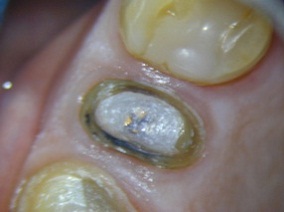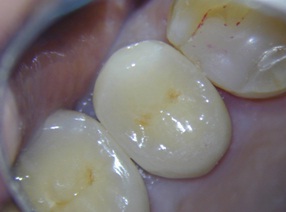Crowns & Bridges
Crowns, also called caps, are used to restore both anterior and posterior teeth that have been broken or are at high risk of doing so due to large old fillings or fractures. They are usually either made of noble alloys, porcelain or porcelain fused to metal.
Crowns are usually recommended if a significant portion of the tooth is missing. Usually, extensive decay, injury or root canal therapies are the reasons when a crown is recommended. There are many different types of porcelain crowns and we will determine which type is best suited for your particular need. These restorations, made in a lab from fine dental porcelain, will blend seamlessly with your teeth, return the strength that you need for comfortable oral function, and maintain your all-white smile.
During your first visit, we will prepare your tooth structure and then take an impression of the prepared tooth. A temporary crown will be placed on the tooth, and the impression will be sent to a dental laboratory to fabricate the crown.
In a follow-up visit, the temporary crown will be removed and the new crown tried-in to ensure an excellent fit; after which the crown will be cemented into place.
 |
 |
Prepared tooth |
Porcelain fused to metal crown cemented on prepared tooth |
Bridges are fixed, or non-removable prosthesis constructed to replace one or more missing teeth. The teeth on both sides of the existing space are used to attach the bridge to restore functionality and esthetics. Bridges are usually either made of noble alloys, porcelain or porcelain fused to metal.
Unlike crowns, bridges are usually recommended whenever at least one tooth is missing. A bridge is composed of abutments and pontics. Abutments are the supports for the bridge and consist of crowns placed on the teeth surrounding the empty space. The pontics are special crowns that span across the empty space and connect to the abutments.
When teeth are prepared for a bridge, the abutments are prepared using the same processdescribed for crowns. An impression of the prepared teeth is taken and a temporary bridge placed on the teeth to protect them and maintain their positions. The impression is sent to a dental laboratory to fabricate the bridge.
In a follow-up visit, the temporary bridge will be removed and the new bridge tried-in to ensure a good fit; after which the bridge will be cemented into place.


